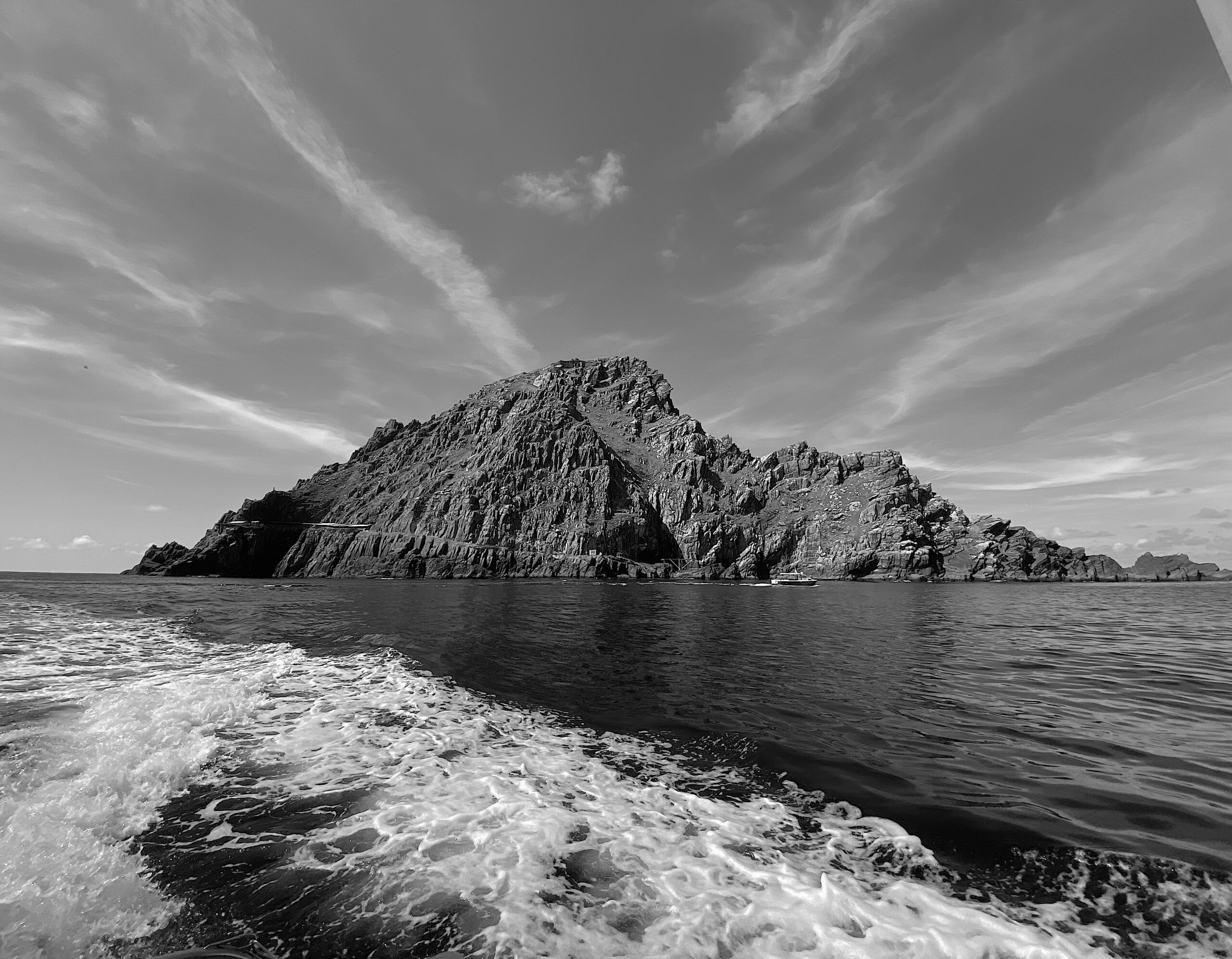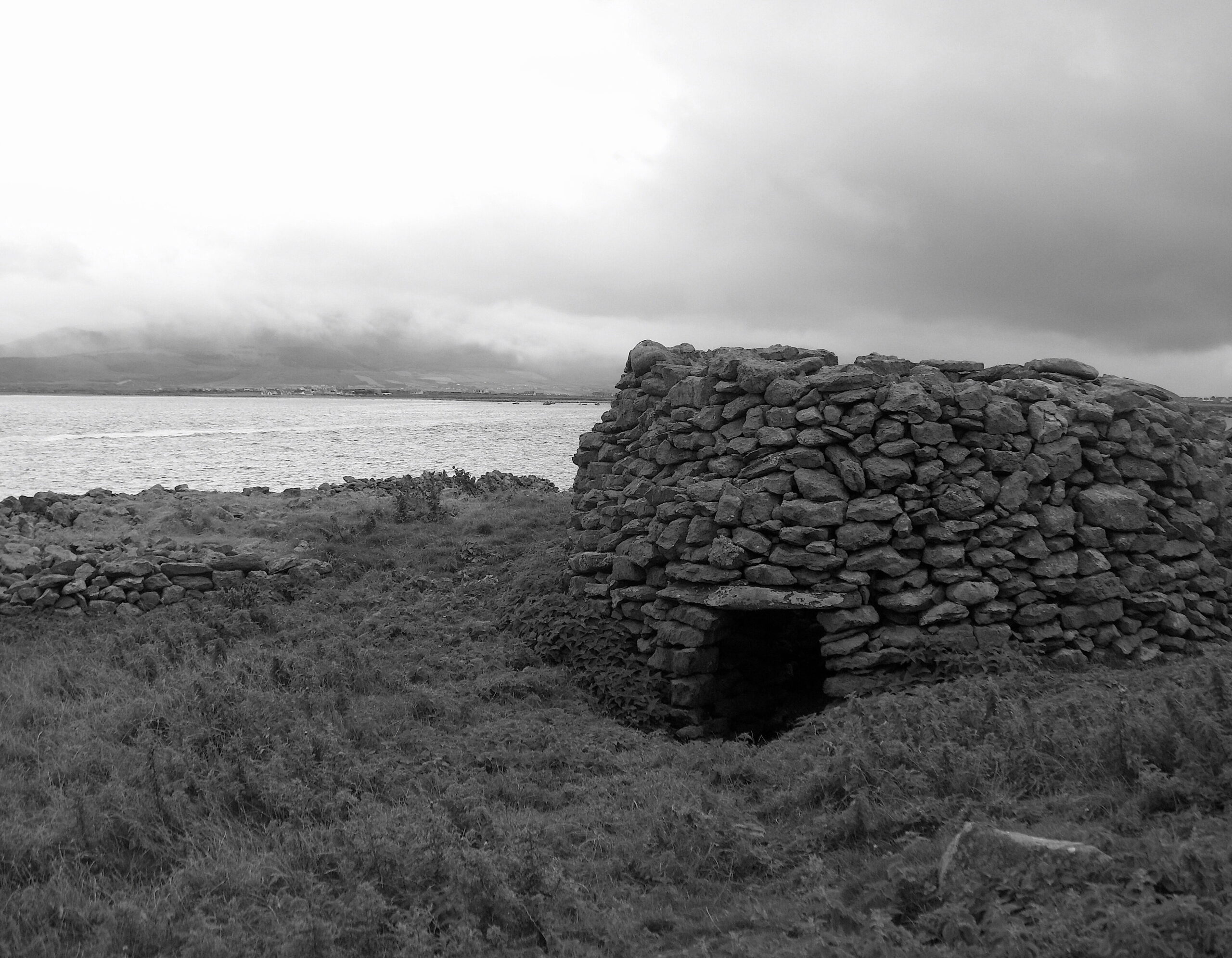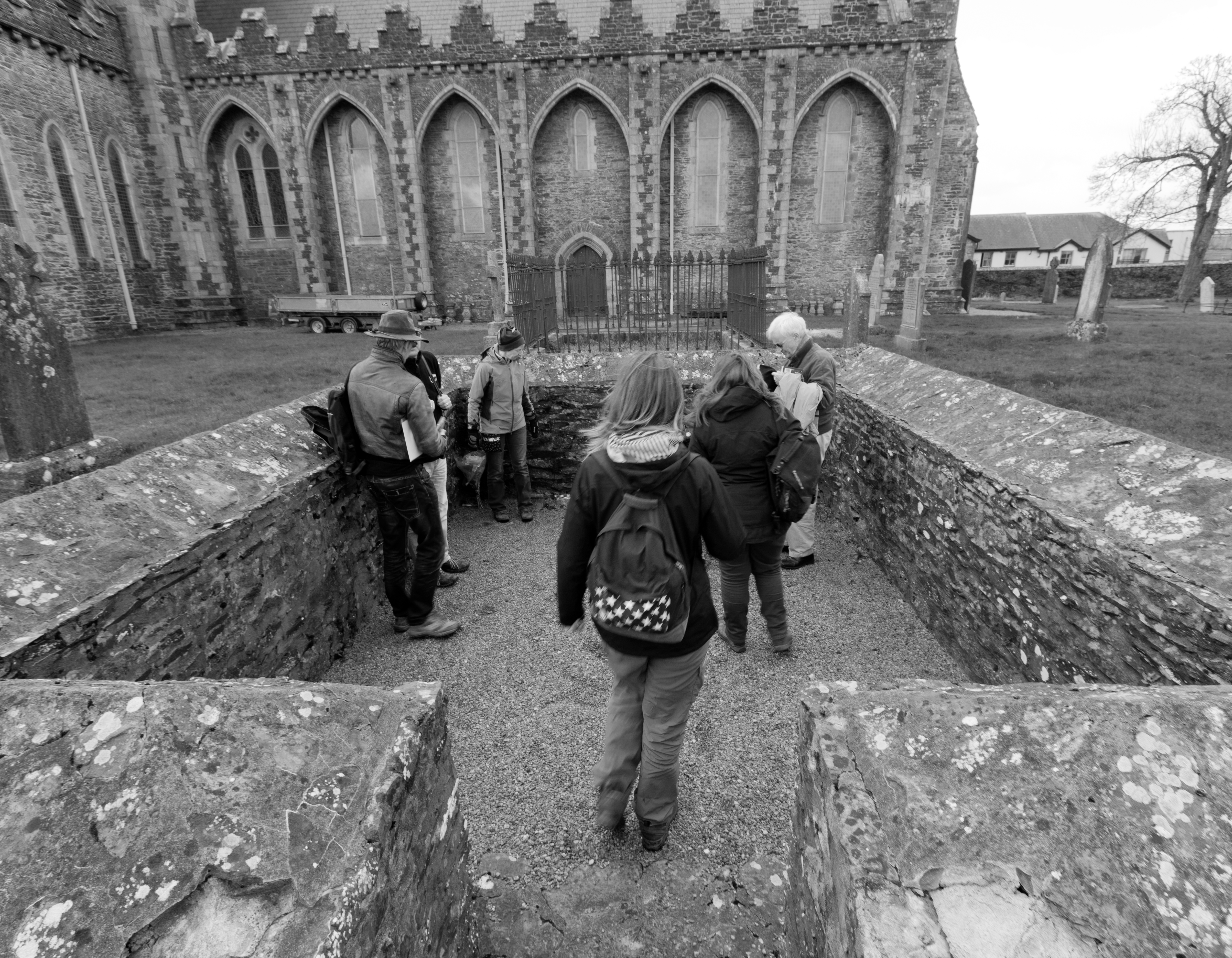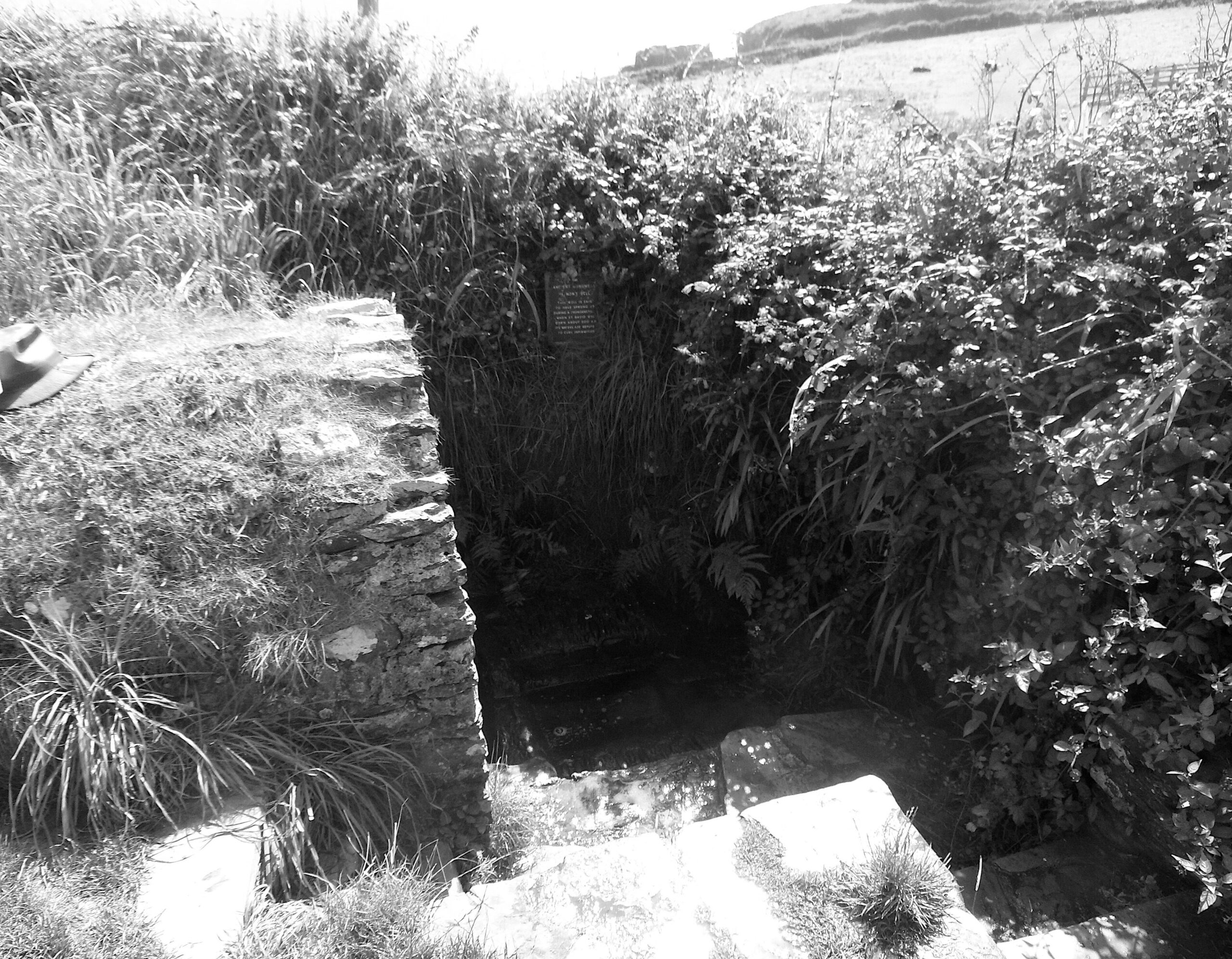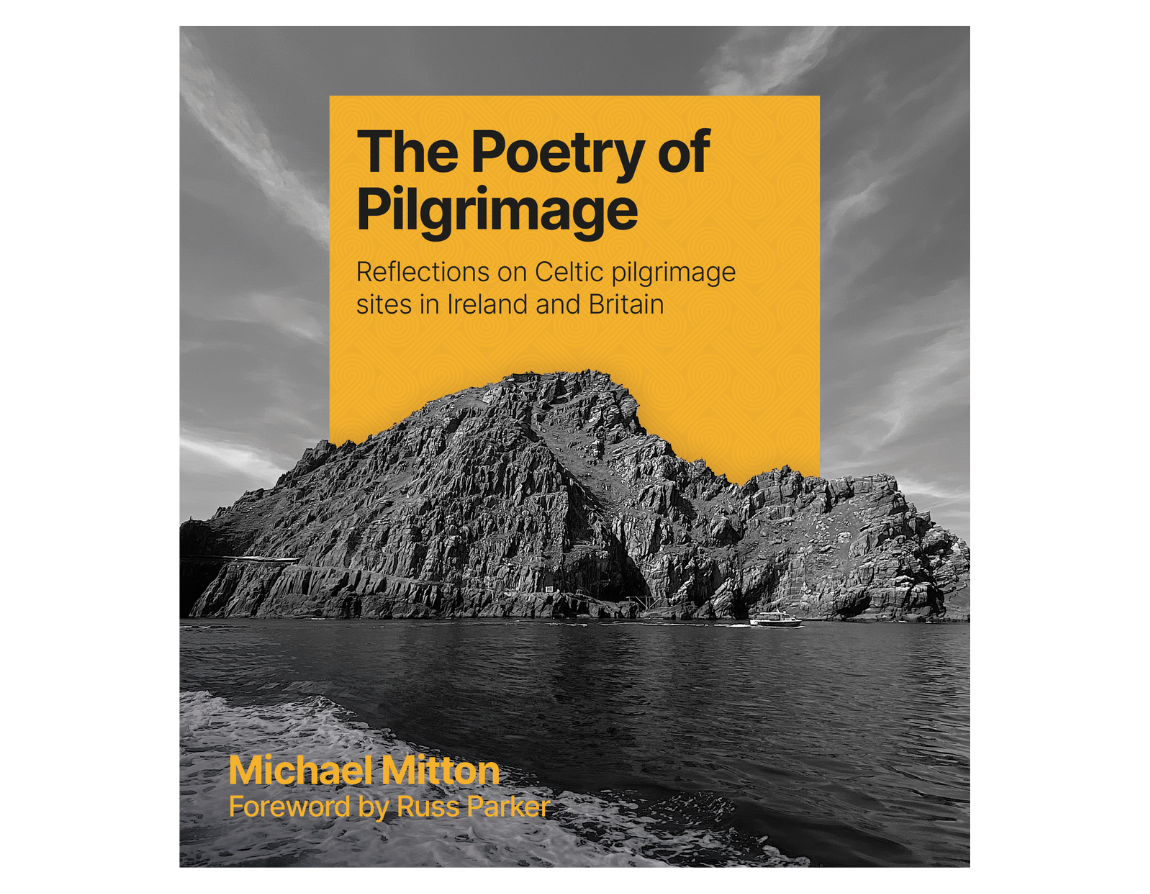Michael Mitton’s new book The Poetry of Pilgrimage highlights the Celtic saints and sites which have drawn pilgrims for centuries and celebrates them in poetry. In this second extract, Michael tells the story of St Brigid of Kildare.
27 October 2024
Only through poetry
Since 2012 Russ Parker and Michael Mitton have led annual pilgrimages to key Celtic Christian sites in Ireland, Wales, Scotland, the north of England and Cornwall. Both attest to ‘the remarkable works of grace that take place in our pilgrims on these travels’.
Early on in these pilgrimages, Michael tried to find a way of expressing something of this experience, and he found ‘the only way I could do this was through poetry’:
I am no expert in poetry, but I am part of that large group of people who have found it easier to express emotional and spiritual truth in poetry rather than prose. For me, poetry catches something of that thermal air current that lifts the soul in these sacred places.
When, with some diffidence, he shared his poems with the group, he was pleased to discover that what he had written resonated with the pilgrims’ experiences.

